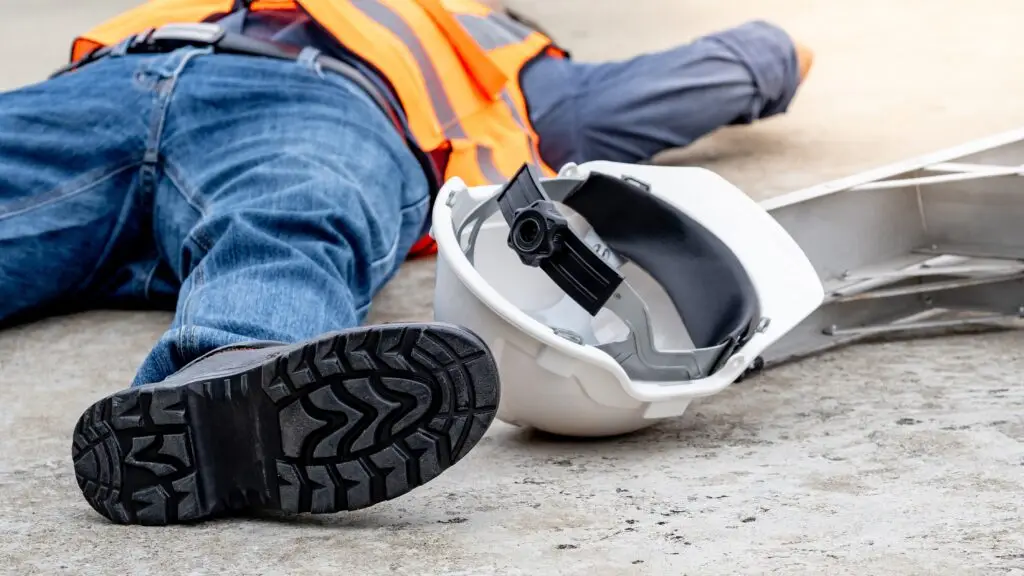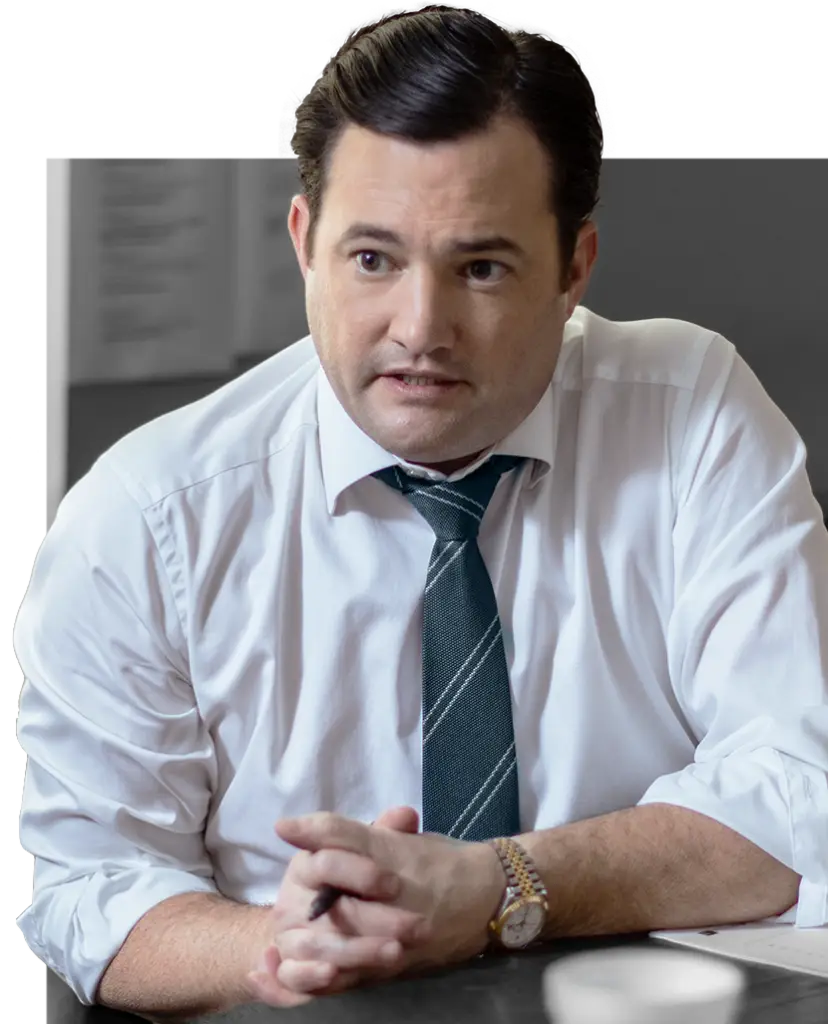Prior injuries can significantly impact personal injury cases, affecting everything from liability determinations to damage calculations. This FAQ guide covers how pre-existing conditions influence legal proceedings, settlement negotiations, and court decisions. Learn about the challenges plaintiffs face, strategies for protecting their rights, and how courts and insurance companies approach these nuanced situations.
What Are Prior Injuries in Personal Injury Cases?
Prior injuries in personal injury cases refer to pre-existing medical conditions or injuries the plaintiff had before the incident. These can include previous accidents or injuries, chronic health conditions, degenerative diseases, and congenital disorders. Prior injuries become relevant when they affect the same body part or system involved in the current case. They can complicate the assessment of damages and liability because it may be difficult to distinguish between pre-existing issues and new injuries.
Properly addressing prior injuries is an important part of any personal injury case involving these conditions. Plaintiffs must disclose relevant prior injuries to their attorneys, while defendants may investigate the plaintiff’s medical history to identify pre-existing conditions that could impact the case. The way these prior injuries are handled can significantly influence the outcome of a personal injury claim.
What Are the Most Common Types of Prior Injuries?
Prior injuries can complicate the assessment of damages and liability. Some of the most common types of prior injuries encountered in personal injury cases include:
- Back and neck injuries: Herniated discs, spinal stenosis, and chronic pain syndromes. These conditions can be easily aggravated by new accidents, making it challenging to differentiate between old and new injuries.
- Joint injuries: Particularly in knees and shoulders, including osteoarthritis and previous surgical repairs. These injuries can affect mobility and strength, potentially complicating recovery from new trauma.
- Traumatic brain injuries (TBIs): Previous concussions or more severe brain trauma can be aggravated by a new accident. Symptoms from past TBIs may overlap with new injuries, complicating diagnosis and treatment.
- Psychological conditions: Anxiety, depression, or PTSD from past traumas. These can be exacerbated by new injuries, affecting emotional distress claims.
- Cardiovascular conditions: Hypertension and heart disease that may impact overall health and recovery. These conditions can influence how a plaintiff responds to new injuries or treatments.
- Degenerative conditions: Arthritis or degenerative disc disease. These progressive conditions can make it difficult to determine the extent of new injury-related damage.
- Previous fractures: Prior fractures, especially those that may have led to chronic pain or mobility issues, can weaken bones and surrounding tissues, potentially increasing vulnerability to new injuries.
- Soft tissue injuries: Prior sprains, strains, or tears that may have damaged soft tissue can easily worsen after a subsequent accident. These injuries can predispose a person to re-injury or more severe damage in subsequent accidents.
- Repetitive stress injuries: This includes conditions such as carpal tunnel syndrome or tendinitis. These injuries, often work-related, can complicate claims involving similar body parts.
- Chronic pain conditions: Includes fibromyalgia or other widespread pain disorders. These conditions can make it challenging to isolate and quantify pain from new injuries.
- Autoimmune disorders: These disorders can impact recovery time and the effectiveness of treatments for new injuries.
How Do Insurance Companies View Prior Injuries?
Insurance companies typically scrutinize prior injuries in personal injury cases. Their primary goal is to minimize payouts, and pre-existing conditions often provide an opportunity to reduce liability. Insurers thoroughly examine the claimant’s medical history to identify any relevant prior injuries or conditions. They may argue that current symptoms are due to pre-existing issues rather than the recent accident and often attempt to lower settlement offers based on the presence of prior injuries.
Insurance adjusters typically demand comprehensive medical records, sometimes dating back several years, and may consult their own medical experts to dispute the impact of the current injury. They tend to acknowledge only the aggravation of pre-existing conditions rather than full liability for the current state. Insurance lawyers will heavily emphasize any inconsistencies or omissions in the claimant’s disclosure of prior injuries to shift part of the blame on the victim.
Insurance companies use prior injuries as leverage in negotiations to push for lower settlements. They focus on causation challenges, questioning whether the current symptoms are truly a result of the recent incident or merely a continuation of pre-existing issues. Understanding this perspective will help plaintiffs and their attorneys prepare and present a strong case that can effectively counter these tactics and secure fair compensation.
Can Prior Injuries Reduce a Personal Injury Verdict?
Prior injuries can impact personal injury verdicts, but their effect is not always straightforward. In many cases, prior injuries can reduce a verdict because courts aim to compensate plaintiffs only for damages directly resulting from the defendant’s actions. If a pre-existing condition contributes to the plaintiff’s current state, the jury may allocate a portion of the damages to that prior condition, thus reducing the overall verdict.
However, the presence of prior injuries doesn’t automatically diminish the verdict. In some instances, prior injuries can actually increase the compensation awarded. This is generally the case when the new injury exacerbates a pre-existing condition, making the overall impact more severe than it would have been for a person without prior injuries.
The key factor in determining the impact on the verdict is causation. Courts and juries must carefully consider medical evidence, expert testimony, and the specific circumstances of each case to determine how much the prior injury contributes to the current condition versus the new injury.
What is the Eggshell Plaintiff Rule?
The eggshell plaintiff, or thin skull, rule refers to the unknowable frailty of an injured person. It holds defendants liable for the full extent of injuries caused to a plaintiff, even if those injuries are more severe due to the plaintiff’s pre-existing condition. This legal doctrine states that defendants must take the plaintiff as they find them, preventing them from arguing that a “normal” person would not have been as severely injured.
While defendants are not liable for pre-existing conditions, they are responsible for any aggravation or worsening of these conditions caused by their actions. This rule fosters fair treatment for all injured parties, regardless of their pre-existing health status, and is commonly applied in cases involving plaintiffs with prior injuries or medical conditions.
Do Prior Injuries Reduce the Defendant’s Liability?
Prior injuries do not automatically reduce a defendant’s liability for the damages they have caused. The defendant is generally liable for any harm they have inflicted, even if that harm is more severe due to the plaintiff’s pre-existing condition. This is in line with the eggshell plaintiff rule mentioned earlier.
However, the defendant is typically only responsible for the additional harm or aggravation caused by their actions, not for the pre-existing condition itself. This means that while the defendant’s overall liability may not be reduced, the amount of damages they’re responsible for might be adjusted to account for the pre-existing condition.
The challenge often lies in differentiating between the impact of the new injury and the pre-existing condition. Courts must assess questions such as:
- How severe was the pre-existing condition?
- How much did the new injury contribute to the plaintiff’s current state?
- Would the plaintiff have experienced similar symptoms without the new injury?
- Has the new injury created additional complications or extended recovery time?
Ultimately, while prior injuries can influence liability assessments, they do not automatically reduce the defendant’s liability. The impact depends on the details of the case, the nature of the injuries, and how effectively the attorneys for both sides present their arguments.
How Do Plaintiff Attorneys Handle Prior Injuries in Personal Injury Cases?
Plaintiff attorneys must navigate prior injuries carefully to make sure their clients receive fair compensation. They must address pre-existing conditions while emphasizing the impact of the current accident to present a clear picture of how the new injury has affected the client’s life. Some of the most common strategies include:
- Comprehensive client interviews: Attorneys conduct in-depth discussions with clients about their medical history. This includes asking about past accidents, chronic conditions, and any ongoing treatments to ensure no relevant information is overlooked.
- Thorough medical record review: Lawyers obtain and meticulously examine all pertinent medical records. They look for patterns, previous treatments, and any documentation of the client’s condition before the current incident.
- Expert medical consultations: Attorneys often consult with medical specialists to differentiate between pre-existing conditions and new injuries. For example, an orthopedic surgeon might help explain how a new back injury differs from chronic back pain.
- Emphasizing the eggshell plaintiff rule: When applicable, lawyers stress that defendants must take plaintiffs as they find them. They argue that even if their client was more susceptible to injury due to a pre-existing condition, the defendant is still liable for the full extent of damages.
- Demonstrating aggravation of prior injuries: Attorneys focus on showing how the current incident worsened pre-existing conditions. For instance, they might present evidence that a client with mild arthritis now requires much more aggressive treatment after a car accident.
- Client preparation for testimony: Lawyers thoroughly prepare clients to address questions about prior injuries during depositions and trial testimony. This includes coaching on how to discuss medical history honestly while emphasizing the impact of the new injury.
- Countering defense arguments: Attorneys anticipate and prepare rebuttals to defense claims that symptoms are solely due to pre-existing conditions. They might use before-and-after medical imaging to show clear changes in the client’s condition.
What Is the “Aggravation of Pre-existing Condition” Concept?
The “aggravation of pre-existing condition” concept in personal injury law recognizes that a defendant can be held liable for worsening a plaintiff’s pre-existing medical condition. This principle acknowledges that while the defendant is not responsible for the original condition, they are liable for any additional harm or exacerbation caused by their negligent actions.
Under this concept, plaintiffs can seek compensation for the difference between their condition before and after the incident. The key is demonstrating how the defendant’s actions specifically aggravated the pre-existing condition, often requiring detailed medical evidence and expert testimony. This approach makes certain that plaintiffs with pre-existing conditions can still receive fair compensation for newly incurred or worsened injuries.
What Challenges Could Injury Victims Face Due to Prior Injuries?
Plaintiffs with prior injuries usually encounter significant obstacles when pursuing personal injury claims. These challenges complicate the legal process and potentially affect the outcome of their cases. Some of the main challenges injury victims with pre-existing conditions may face include:
- Proving causation: It can be difficult to prove that the new incident, rather than the pre-existing condition, caused the current injuries. For example, a plaintiff with a history of back problems may struggle to prove that their current back pain is primarily due to a recent motorcycle accident rather than their chronic condition.
- Overcoming skepticism: Insurance adjusters and juries may be skeptical of claims involving prior injuries, assuming that the plaintiff is exaggerating the impact of the new incident. A plaintiff with a history of filing injury claims might face increased scrutiny and doubt about the legitimacy of their current claim.
- Dealing with reduced compensation: Courts may reduce damages to account for pre-existing conditions, potentially lowering the overall compensation. For instance, if a plaintiff had a 50% disability before an accident that increased it to 75%, they might only be compensated for the 25% increase.
- Navigating complex medical evidence: Presenting clear, convincing medical evidence to distinguish between prior and new injuries can be challenging. This might involve extensive medical records, expert testimonies, and detailed explanations of how the new injury interacts with pre-existing conditions.
- Addressing credibility issues: Failing to disclose prior injuries can severely damage a plaintiff’s credibility. If a plaintiff omits mentioning a previous back surgery when discussing a new back injury, it could cast doubt on their entire claim.
- Overcoming defense tactics: Defendants often use prior injuries as a defense strategy, attempting to shift blame away from their actions. They might argue that the plaintiff’s current condition is entirely due to their pre-existing issues, requiring the plaintiff to demonstrate how the new incident worsened their situation clearly.
How Do Courts Determine Damages When Prior Injuries Are Involved?
Courts take a more nuanced approach when determining damages if prior injuries are involved, aiming to compensate plaintiffs fairly without holding defendants responsible for pre-existing conditions. The process typically involves:
- Establishing a baseline: Courts consider the plaintiff’s condition before the incident, using medical records and expert testimony to understand pre-existing issues.
- Assessing new damages: The court evaluates the extent of new injuries or aggravation of existing conditions caused by the incident.
- Applying the eggshell plaintiff rule: Defendants are held liable for the full extent of damages, even if the plaintiff was more susceptible due to prior conditions.
- Considering aggravation: Courts focus on how the incident worsened pre-existing conditions, awarding damages for this exacerbation.
- Using comparative analysis: Experts may compare the plaintiff’s condition before and after the incident to quantify the impact.
- Apportioning damages: In some cases, courts may attempt to allocate damages between pre-existing conditions and new injuries.
- Evaluating future impact: Courts consider how the combination of prior and new injuries will affect the plaintiff’s future medical needs and quality of life.
- Applying state-specific rules: Some jurisdictions have specific guidelines or limitations on how prior injuries are considered in damage calculations.
How Can Plaintiffs Protect Their Rights When Prior Injuries Are a Factor?
When prior injuries are involved in a personal injury case, plaintiffs must take proactive steps to protect their rights to fair compensation. Here are some strategies plaintiffs can employ to protect their rights:
- Full disclosure: Injury victims must be completely honest with their attorney about their prior injuries and medical history. This allows for better case preparation and prevents credibility issues down the line.
- Comprehensive medical documentation: They should gather all relevant medical records, including those related to prior injuries. This helps establish a clear timeline and differentiate between pre-existing conditions and new injuries.
- Seek immediate medical attention: After an accident, injury victims should seek immediate medical care. This creates a clear record of new injuries or aggravation of existing conditions.
- Follow all treatment plans: Plaintiffs should adhere strictly to medical advice for both new and pre-existing conditions. This demonstrates a commitment to recovery and helps to refute arguments about negligence in managing prior injuries.
- Keep detailed personal records: They should maintain a journal documenting pain levels, limitations, and how the new injury affects daily life compared with before the incident.
- Consult with specialists: Plaintiffs should work with medical experts who can clearly explain how the new incident has impacted pre-existing conditions.
- Understand legal principles: Injury victims should familiarize themselves with the eggshell plaintiff rule and “aggravation of pre-existing condition” concept to better advocate for their rights.
- Be prepared for scrutiny: During depositions or court proceedings, plaintiffs should expect detailed questions about their medical history. They should practice answering honestly while emphasizing the impact of the new injury.
- Consider future implications: Injury victims should work with their attorney to be sure any settlement or verdict accounts for potential long-term effects on both new and pre-existing conditions.
- Be patient: Those seeking compensation should understand that cases involving prior injuries often take longer to resolve. Staying committed to the process and avoiding rushing to accept lowball offers are crucial.
Cases involving prior injuries can be more complicated, but following these steps can strengthen plaintiffs’ positions and increase their likelihood of receiving fair compensation.









